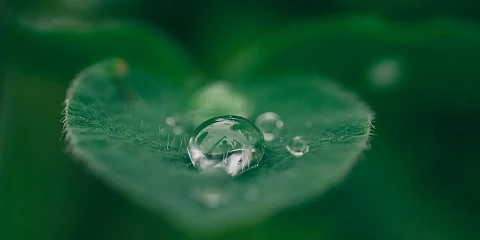
Meet Nacho Villoch and learn about his work in Sustainability Oriented Innovation
September 10, 2023
Nacho Villoch is the Open Innovation Senior Ecosystem Builder at BBVA Bank. But that’s just one of the many facets of this renaissance man. He’s a writer, mentor, traveling lecturer, and, as you’ll see in this interview — an advocate for creating a more sustainable world.
What is SOI?
SOI is the acronym for Sustainability-Oriented Innovation. It’s a new way of thinking and acting that aims to reorganize resources, businesses and lifestyles. The point is to have them align with social and environmental goals in a way that benefits both the current and future generations. In other words, it involves making changes that lead to the creation of social and environmental value, in addition to generating economic returns.
As Einstein once said: “We cannot solve our problems with the same thinking we used when we created them.” And many of our current problems — biodiversity loss, running out of resources, climate change, social inequality, pollution, and so on — are direct consequences of the linear extractive model of capitalism that was implemented during the first and second industrial revolutions. This model will not bring about solutions to the problems it has caused. We need a new paradigm like the circular economy, which better optimizes resources.
We need innovative and sustainable solutions.
Why have you decided to advocate for sustainable development?
I was at a crossroads, but looking back I see that this path was almost inevitable. I became concerned about the environment when I was a young teenager, probably by listening to Félix Rodríguez de la Fuente in his Blue Planet series and Jaques Cousteau’s The Silent World. Then at the beginning of the 80s, I was supporting the actions of GreenPeace and Sea Shepherd. I have personally witnessed the dramatic deterioration of sea and land ecosystems over four decades and on five continents. Now, after having worked almost 20 years in the world of innovation, innovation applied to business and finding solutions, I’ve realized that it’s possible, it’s essential, to use my knowledge and experience to help the world become more sustainable. When you practice innovation you’re always anticipating, designing and building new futures. Usually, these (im)probable futures are better than the present. As the American inventor Charles Ketting said: “My interest is in the future because I am going to spend the rest of my life there.”
In 2013, I started the outreach and call-to-action program ITS. It’s named after the three pillars that sustain it: innovation, talent and sustainability.
What role do the Sustainable Development Goals (SDGs) play in the concept of SOI?
"I like that these goals act as a compass to follow.".
The consensus in the UN around the 2030 goals has served to organize and prioritize objectives and indicators. Using KPIs (Key Performance Indicators), progress indicators and a common taxonomy helps everyone understand each other when we’re talking about sustainability.
Before the SDGs were established in 2015, the traditional definitions of sustainability left a lot of room for interpretation. Loopholes were abundant and everything got mixed together: health, ending hunger, saving the whales, well-being measured by wealth, etc. This generated more than a few conflicts around priorities. Should we accept more deforestation to plant more soybeans to feed more cattle to help end hunger? Should developing countries in Africa and Asia focus on industrialization and using fossil fuels to develop like European countries did in the 20th century? These were clear conflicts that were not easily reconciled.
The SDGs were organized around the five Ps: People, Planet, Prosperity, Peace and Partnerships. They set goals so that the success of one of these groups wouldn’t come at the expense of the others.
What is the role of technology and innovation in sustainable development?
Technology has always led to abundance. Since the paleolithic era, technology has allowed hominids like homo habilis, homo antecessors, neanderthals and homo sapiens to enhance their abilities, do more with less, conquer new ecosystems, shape nature. Fire, the wheel, plows, writing, agriculture and ceramics were all innovative technologies when developed and mastered.
The technological and innovative big-bang that we are living through has brought us a level of abundance that was unimaginable just two decades ago. Exponential technologies like artificial intelligence, the internet of things, virtual and augmented reality allow robots, drones and unmanned vehicles to start performing many tasks. They are also working with solar energy, which offers many solutions to solve our current needs while also meeting the 2030 SDGs.
Advances in genomics, DNA decoding, the convergence of info-nano-cogno-bio, informatics (bits), nanotechnology (atoms), cognitive (neurons) and biotechnology (cells) are totally transformational technologies as well.
Are there any sectors in particular where you are noticing significant progress toward sustainable development?
Innovation and digital transformation are transversal across all sectors. It’s not uncommon for advances in one sector to quickly be used in another.
One of the most obvious shifts is in the energy sector. Companies have a clear mandate to reduce their carbon footprints so there is a lot of commitment to transitioning away from fossil fuels. The investment in solar and other renewable energies is quite impressive and growing every day.
This change in energy is closely linked to the transport sector. It had been almost totally dependent on fossil fuels and was causing major problems in cities. Just think of the hundreds of millions of hours lost every day in traffic jams and the implications of all the emissions on health (SDG 3), work and consumption (SDG 8), cities (SDG 11) and climate change (SDG 13), to name a few. Connected, autonomous, shared and electric (CASE) vehicles will have an enormous impact, especially while we’re waiting for green hydrogen and the hyperloop.
I think a lot about the food system. How to end hunger (SDG 2) in a way that is compatible with biodiversity (SDGs 14 and 15) and how advances like 3D protein printing, insect-based proteins, seaweed farms will change how we relate to food. This also links up with the SDGs about health (3) as it could improve the quality and length of many lives. It also has to do with ensuring clean and drinkable water (SDG 6) for all. Without water, there is no life and there are already serious conflicts being caused around the industrial and agricultural use of water and all of its consequences.
Another area where there’s a lot of room for disruption is in the use of plastic, especially in packaging. This is something that can be addressed with new materials that minimize pollution.
Evaluating, mitigating and compensating for carbon, plastic and water footprints is very visible in the messages to reduce, reuse, recycle and repair. It’s closely linked to the circular economy. However, there are lesser-known initiatives like restoring coral reefs — some of which are already irreversibly damaged by ocean acidification and global warming — that could ultimately have a much greater impact on our future.
You’ve mentioned a lot of initiatives. Are there any in particular where you are dedicating your time and effort, whether that’s as a volunteer, researcher or even investor?
Of all the SDGs, there are some that resonate with us more and where we are more committed. In my case, I am very much focused on protecting biodiversity and ecosystems. In particular, the SDG 14 of marine biodiversity. I participate as a volunteer in cleaning beaches, the seabed and riverbanks with various NGOs. I have a “personal” war against single-use plastics and hunting aquatic mammals.
I’m also very interested in reducing gender inequality (SDG 5). As a father to three girls in STEM, I do this work from home. I’ve also been mentoring female entrepreneurs for nearly 15 years through the MET Community and other projects like UPAM.
As an investor, I put my money where my mouth is. And I love initiatives like ENERTECH, FoodTech and HealthTech. There is also decarbonization and green energy, “vegan” hamburgers, food made of insects and seaweed, and of course, the source of all life, water (SDG 6).
Our latest news
Interested in learning more about how we are constantly adapting to the new digital frontier?
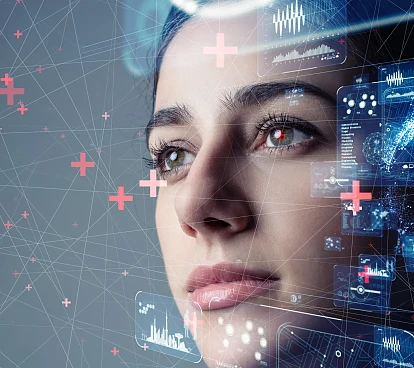
Insight
December 10, 2024
Groundbreaking technologies today that will reshape the innovation landscape in 2025
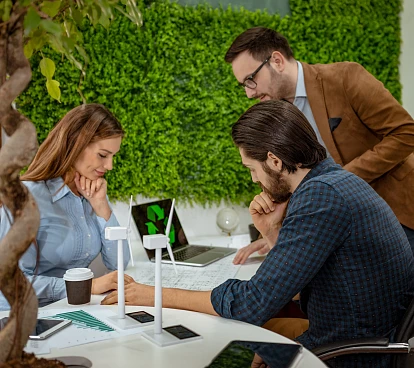
Insight
December 3, 2024
Sustainable Development: Minimizing Digital Footprint and Optimizing Consumption
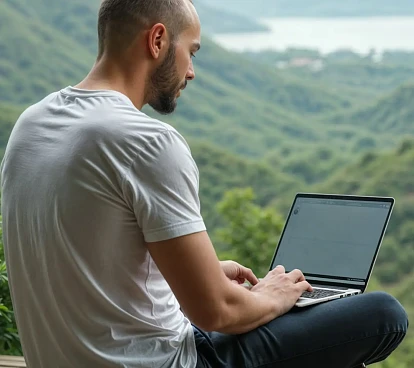
Tech Insight
November 5, 2024
Impact Innovation: How to evaluate and design sustainable digital products
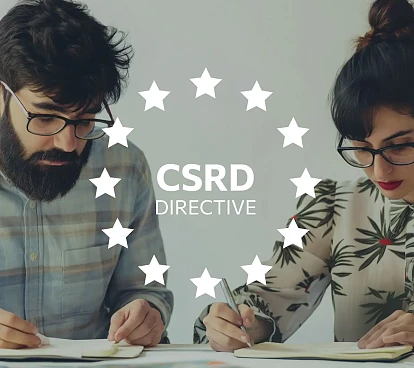
Insight
October 22, 2024
CSRD Directive: Everything You Need to Know About the Corporate Sustainability Reporting Directive